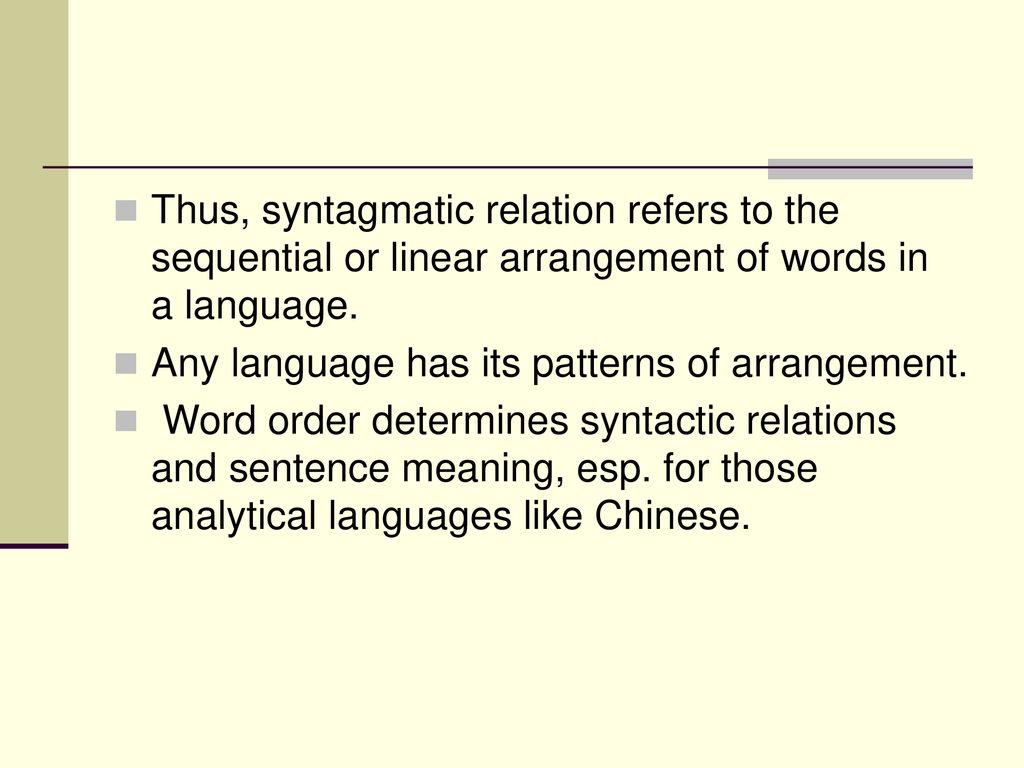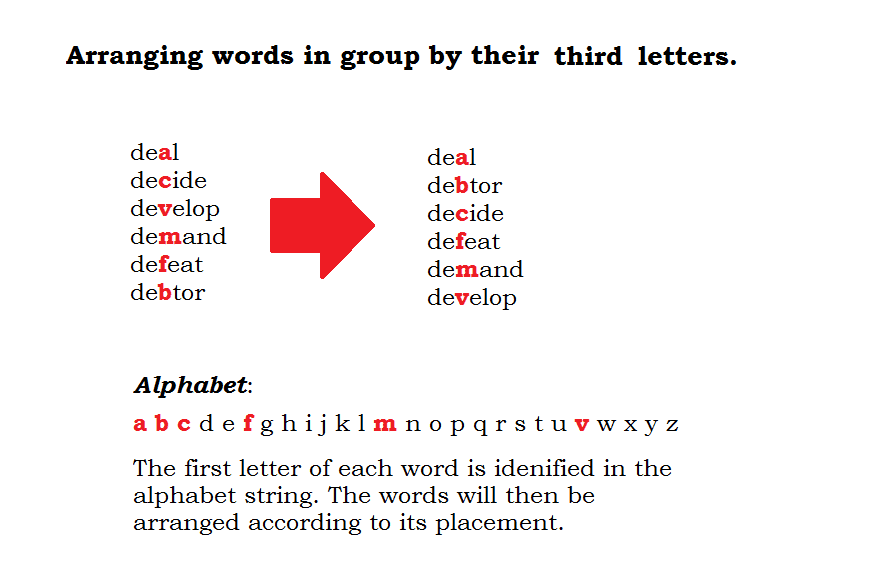The Term That Refers To The Arrangement Of Words Is

Imagine sitting by a crackling fireplace, a well-loved book in your hands. You're not just reading; you're experiencing the story, feeling the rhythm of the words, the ebb and flow of sentences painting vivid pictures in your mind. It's not just the plot, but the way the author has carefully chosen and arranged each word that captivates you. But what's the secret ingredient, the formal name for this magic?
The term that refers to the arrangement of words in a sentence, a phrase, or even a longer text, is syntax. Syntax is the set of rules, principles, and processes that govern the structure of sentences in a given language, specifically word order. It determines how words combine to form phrases, clauses, and sentences.
Think of syntax as the blueprint for building a sentence. Just like an architect uses blueprints to ensure a stable and beautiful building, a writer utilizes syntax to create clear, meaningful, and impactful prose. Without a strong grasp of syntax, communication can become confusing, awkward, or even completely unintelligible.
A Journey Through Syntax: Its History and Evolution
The study of syntax has roots that stretch back centuries. Early grammarians in ancient Greece and Rome were already concerned with the proper arrangement of words to achieve clarity and elegance in their writing. They were interested in defining the "correct" way to write.
However, the formal study of syntax as a distinct linguistic field gained momentum in the 20th century. Noam Chomsky's groundbreaking work in the 1950s revolutionized our understanding of language. His theories, particularly transformational grammar, posited that all languages share a universal underlying structure.
Chomsky's work suggested that our brains are hardwired with a set of rules that allow us to generate an infinite number of sentences. This sparked intense debate and further research, leading to a diverse landscape of syntactic theories that continue to evolve today.
Syntax Beyond Grammar Books: Its Significance in Communication
Syntax is more than just a set of dry rules found in grammar textbooks. It's the invisible framework that underpins all effective communication. A good grasp of syntax is essential for anyone who wants to write clearly, persuasively, and creatively.
Consider the difference between "The dog chased the cat" and "The cat chased the dog." The words are the same, but the syntactic arrangement completely changes the meaning. This simple example highlights the crucial role syntax plays in conveying information accurately.
Beyond basic clarity, syntax can also be used to create stylistic effects. Writers can manipulate word order to emphasize certain words, create a particular rhythm, or evoke a specific mood. Poetry, in particular, often plays with syntax to achieve artistic effects.
For example, the use of inversion, where the usual word order is reversed, can create a sense of formality or emphasize a particular word: "Never have I seen such beauty." The standard order would be "I have never seen such beauty," but the inversion adds a certain dramatic flair.
Syntax in the Digital Age: Challenges and Opportunities
The rise of digital communication has brought both challenges and opportunities for the study and application of syntax. Social media, texting, and online forums often prioritize speed and informality over strict grammatical correctness. This can lead to a blurring of syntactic rules and the emergence of new communication styles.
However, the digital age also offers new tools for analyzing and understanding syntax. Computational linguistics uses computers to process and analyze large amounts of text data, revealing patterns and insights that would be impossible to detect manually. This can help us better understand how language is used in real-world contexts and how syntactic rules are evolving.
Furthermore, advancements in Natural Language Processing (NLP) rely heavily on syntactic analysis. NLP technologies, such as machine translation and chatbots, need to understand the syntactic structure of sentences in order to accurately process and generate text. This highlights the continued importance of syntax in the increasingly digital world.
"Syntax is the study of the principles and processes by which sentences are constructed in particular languages." - Noam Chomsky
Practical Applications of Understanding Syntax
Understanding syntax has practical benefits far beyond the realm of academic linguistics. For students, a strong grasp of syntax can improve their writing skills, leading to clearer, more effective communication in essays, reports, and other academic assignments. It empowers them to craft compelling arguments and present their ideas with precision.
In the professional world, effective communication is essential for success in almost any field. Whether you're writing a marketing email, drafting a legal contract, or presenting a project proposal, a clear understanding of syntax can help you convey your message persuasively and avoid misunderstandings. It's a key ingredient in building strong relationships and achieving professional goals.
For those learning a new language, understanding syntax is crucial for mastering the grammar of that language. Each language has its own unique set of syntactic rules, and understanding these rules is essential for speaking and writing fluently. It helps learners to internalize the patterns of the language and create grammatically correct sentences.
Resources for Exploring Syntax Further
If you're interested in learning more about syntax, there are many resources available. Numerous online courses and tutorials offer introductions to syntactic theory and analysis. Many universities offer linguistics courses that delve deeper into the subject.
Several excellent books provide comprehensive overviews of syntax. Some popular titles include "Syntactic Structures" by Noam Chomsky (a seminal work), "English Syntax: An Introduction" by Andrew Radford, and "Understanding Syntax" by Maggie Tallerman. These books offer detailed explanations of syntactic concepts and provide examples from various languages.
Online tools like grammarly and ProWritingAid can also help you identify and correct syntactic errors in your writing. While these tools aren't a substitute for a deep understanding of syntax, they can be helpful for improving the clarity and accuracy of your writing.
Delving into syntax is like uncovering the hidden architecture of language. It reveals the intricate rules and principles that govern how words combine to create meaning. It's a journey of discovery that can deepen your appreciation for the power and beauty of language.
So, the next time you're reading a well-written book or listening to a captivating speech, take a moment to appreciate the syntax at work. It's the silent conductor orchestrating the symphony of words, guiding you through the writer's or speaker's thoughts and ideas. It's a testament to the human capacity for language and the power of communication.
Ultimately, a strong understanding of syntax empowers us to be more effective communicators, clearer thinkers, and more appreciative readers and listeners. It's a skill that benefits us in all aspects of our lives, from personal relationships to professional endeavors. Embrace the power of syntax, and unlock the full potential of your language abilities.



.jpg)

.jpg)












